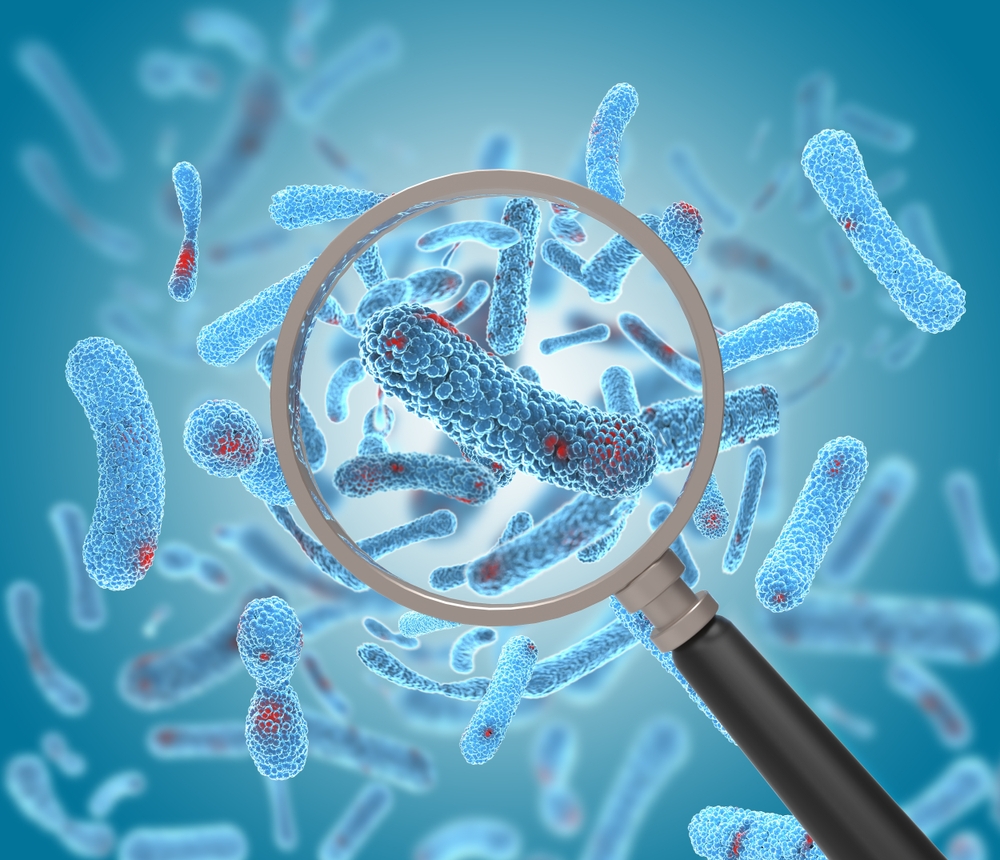Scientists monitoring wastewater have discovered a range of antibiotic-resistant bacteria. However, natural compounds in turmeric and rhubarb show promises to fight them.
When studying antibiotic-resistant bacteria in treatment plant wastewaters, researchers discovered multidrug-resistant strains of bacterial species.
These are not usually dangerous to healthy people, but they can transfer genes to more virulent bacteria such as E. coli due to their antibiotic resistance.
Scientists then challenged the bacteria with natural compounds that could be found in wastewater treatment to kill them and combat antibiotic resistance.
The most effective were curcumin, which is derived from turmeric, and emodine, which is derived from rhubarb.
Dr. Liyuan Hou, Utah State University, who led the study, explained: “Our goal was to isolate, characterize multidrug resistant bacteria, explore the molecular mechanisms of resistance through whole genome sequencing, and assess the potential of natural compounds as alternative relaxation strategies.”
Survival of antibiotic-resistant bacteria
Antibiotic resistance occurs as bacteria evolve so that they are not vulnerable to antibiotics. This is more likely to occur when bacteria are exposed to vaccine doses that are too low to kill them all. Survivors develop resistance.
Some antibiotic-resistant bacteria do not respond to multiple drugs, and these infections are often treated with “last resort” drugs, such as colistin. However, when Hou and her colleagues tested wastewater samples from a wastewater treatment plant in Logan, Utah, they found colonies of bacteria that were even resistant to colistin.
This underscores the urgency to find ways to prevent and treat bacterial infections that minimize antibiotic use.
Resist and fight back
Scientists screened samples using one antibiotic, sulfamethoxazole, to identify nine different strains of antibiotic-resistant bacteria.
These strains of bacterial were then tested against multiple classes of antibiotics to determine whether their numbers were resistant. Their genomes were also sequenced, allowing scientists to identify not only the bacteria themselves but also genes that contribute to antibiotic resistance.
“Although it is not traditionally classified as a priority clinical pathogen, some are opportunistic pathogens associated with infectious diseases such as pneumonia in immunocompromised individuals,” Hou explained.
“These bacteria also act as environmental reservoirs and transfer resistance genes to other bacteria, including clinically relevant pathogens.”
The role of natural compounds in providing antibacterial properties.
Scientists have challenged colonies of 11 natural compounds at different concentrations in colonies of these bacteria: berberine, chlorflavonine, crysin, curcumin, emodine, hesperidin, naringingin, quercetin, resveratrol, rutin, and 2′-hydroxyflavone.
We then looked at various measures of colony health, including cell growth, biofilm formation, and levels of bacterial activity.
They found that emodin and curcumin were most effective in inhibiting cell growth and biofilm formation, whereas curcumin and high doses of emodin reduced cell activity. However, low doses of emodin increased activity in some strains.
However, Gram-negative bacteria such as Chrysobacterium were resistant to all compounds.
Hou concluded: “Natural compounds like curcumin and emodin are promising in inhibiting Gram-positive multidrug resistant bacteria, but further research is needed.
“Future work should include testing these compounds in complex wastewater matrices, investigating synergistic effects with existing therapeutic processes, and assessing the long-term impact on microbial communities and resistance dynamics.”
Source link

